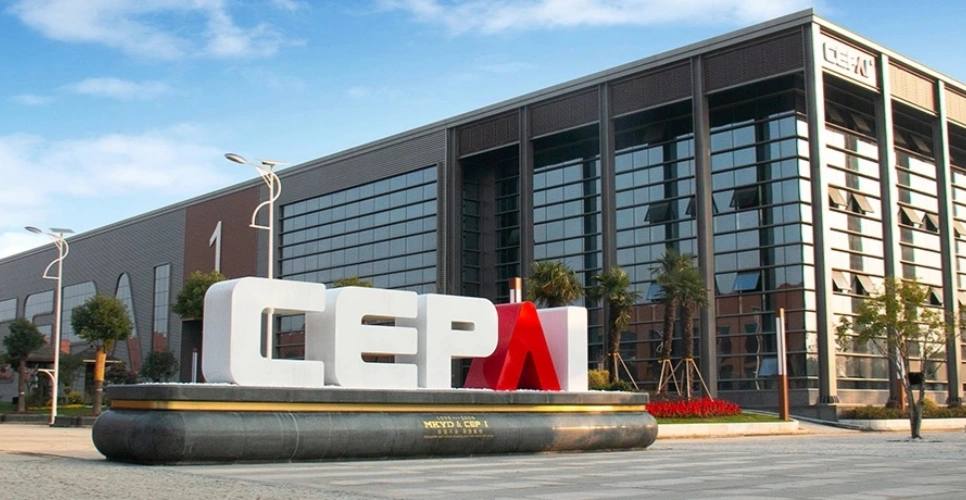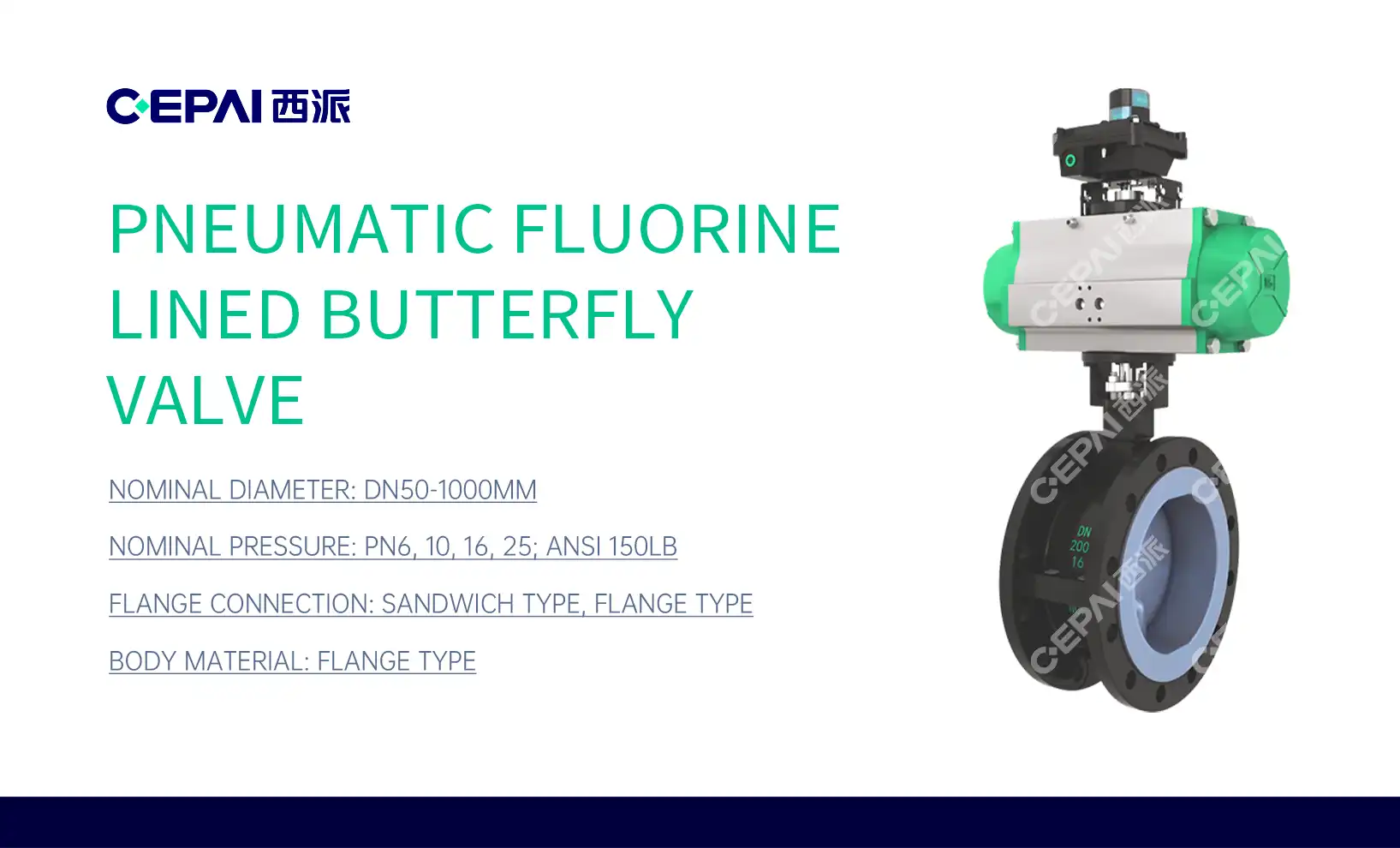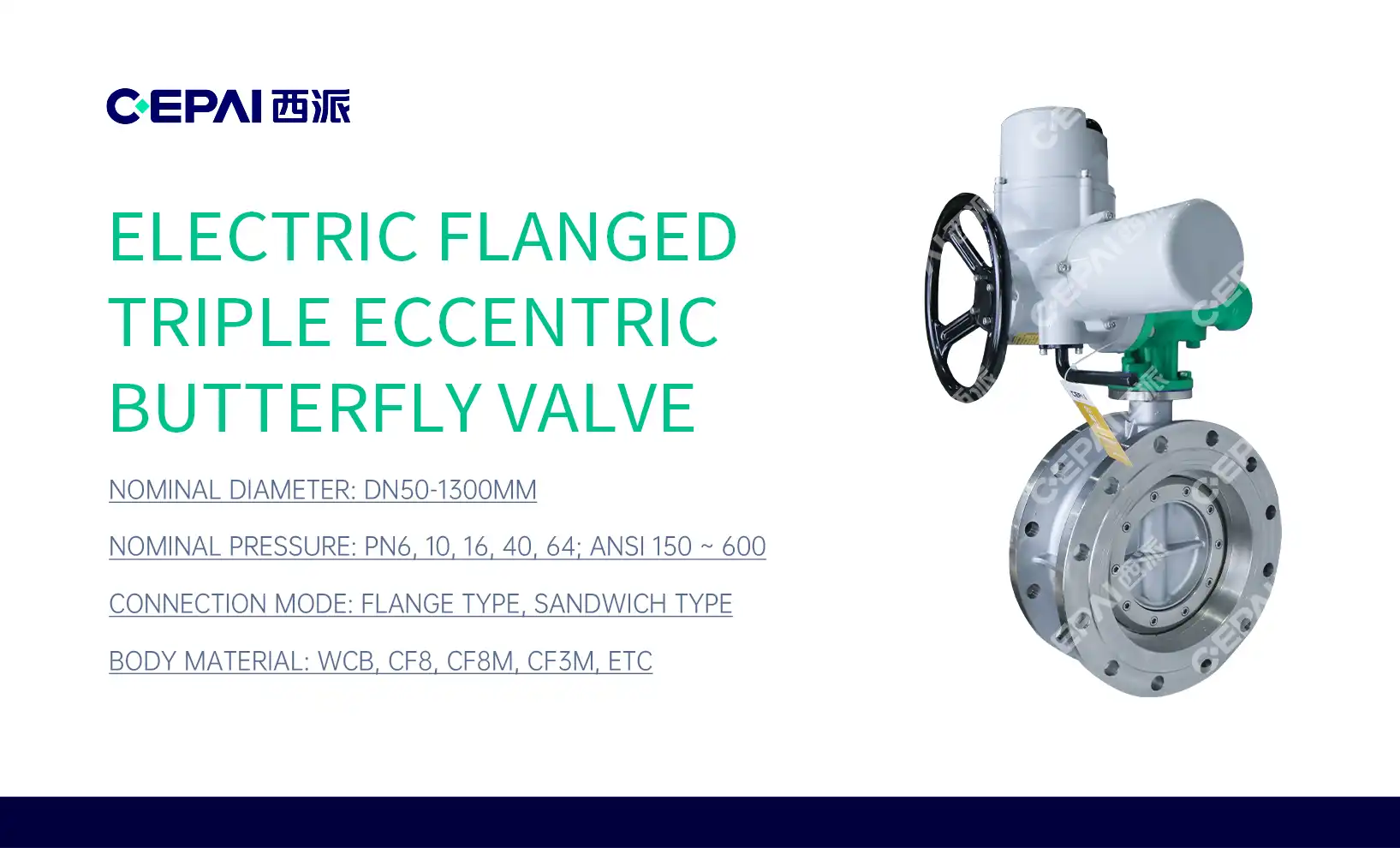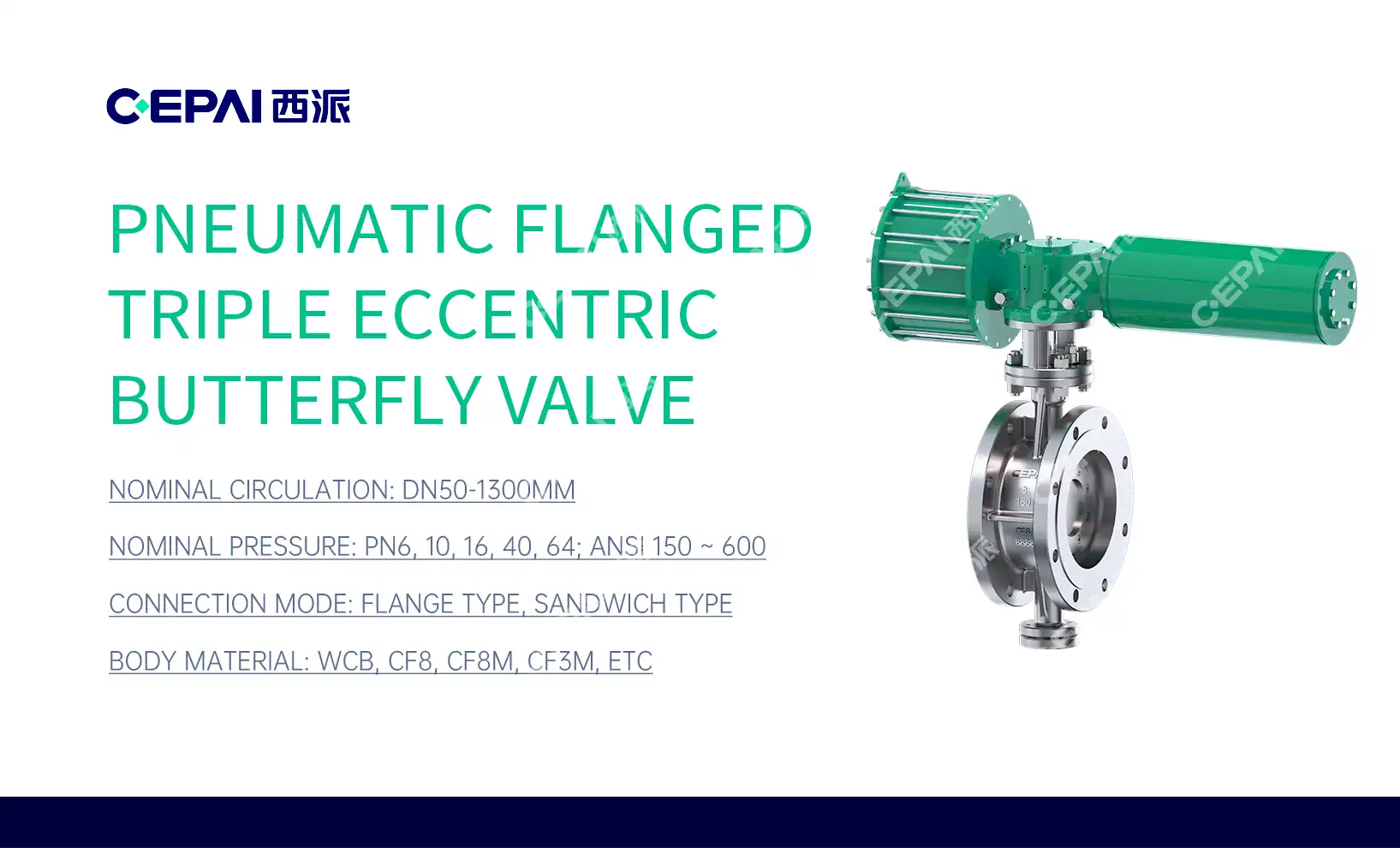Understanding Butterfly Valves and Their Applications in Corrosive Environments
What are Butterfly Valves?
Butterfly valves are quarter-turn rotational motion valves used to regulate flow in various industrial processes. These valves consist of a disc that rotates on a shaft, allowing or restricting flow through the pipeline. Their compact design, quick operation, and versatility make them popular choices across multiple industries, including oil and gas, chemical processing, and water treatment.
Corrosive Media Challenges in Industrial Processes
Corrosive media pose significant challenges in industrial applications, potentially causing equipment degradation, reduced efficiency, and safety hazards. Common corrosive substances include acids, bases, chlorides, and oxidizing agents. The presence of these aggressive chemicals necessitates careful selection of valve materials to ensure longevity and reliable performance.
Importance of Proper Valve Selection for Corrosive Applications
Choosing the right valve for corrosive environments is critical to maintain process integrity and minimize maintenance costs. Factors to consider include chemical compatibility, temperature resistance, and pressure ratings. The selection process should involve a thorough analysis of the specific corrosive media, operating conditions, and long-term performance requirements to ensure optimal valve functionality and safety.
Fluorine-Lined Butterfly Valves: Features and Benefits
Composition and Construction of Fluorine-Lined Butterfly Valves
Fluorine-lined butterfly valves feature a metal body with an inner lining made of fluoropolymers such as PTFE (polytetrafluoroethylene) or PFA (perfluoroalkoxy). This construction combines the structural strength of metal with the exceptional chemical resistance of fluoropolymers. The lining covers all wetted parts, including the valve body, disc, and shaft, providing comprehensive protection against corrosive media.
Chemical Resistance Properties of Fluoropolymer Linings
Fluoropolymer linings offer outstanding resistance to a wide range of corrosive chemicals. These materials are inert to most acids, bases, and solvents, making them suitable for handling aggressive substances that would rapidly degrade conventional valve materials. The non-stick properties of fluoropolymers also prevent buildup and ensure smooth operation even in challenging process conditions.
Advantages of Fluorine-Lined Butterfly Valves in Corrosive Applications
Fluorine-lined butterfly valves excel in highly corrosive environments due to their superior chemical resistance. They offer extended service life, reduced maintenance requirements, and improved safety in aggressive chemical processes. Additionally, these valves provide excellent flow characteristics and tight shut-off capabilities, ensuring efficient and reliable operation in corrosive media handling applications.
Stainless Steel Butterfly Valves: Characteristics and Applications
Types of Stainless Steel Used in Butterfly Valve Construction
Stainless steel butterfly valves are typically manufactured using austenitic stainless steel grades such as 316, 316L, or 304. These alloys contain chromium and nickel, which form a protective oxide layer on the surface, providing corrosion resistance. Higher-grade stainless steels, like duplex or super duplex alloys, may be used for more demanding corrosive environments.
Corrosion Resistance of Stainless Steel in Various Media
Stainless steel offers good corrosion resistance to many chemicals, particularly in oxidizing environments. It performs well in applications involving mild acids, bases, and salt solutions. However, its resistance can be compromised in the presence of reducing acids, chlorides, or high-temperature corrosive media. The specific grade of stainless steel and the concentration of corrosive substances play crucial roles in determining its suitability for a given application.
Strengths and Limitations of Stainless Steel Butterfly Valves
Stainless steel butterfly valves offer excellent mechanical strength, durability, and resistance to erosion and abrasion. They are suitable for a wide range of temperatures and pressures, making them versatile choices for many industrial processes. However, their corrosion resistance is limited compared to fluorine-lined valves, especially in highly aggressive chemical environments. Stainless steel valves may also be susceptible to stress corrosion cracking under certain conditions.
Comparative Analysis: Fluorine-Lined vs Stainless Steel Butterfly Valves
Performance in Highly Corrosive Environments
In highly corrosive environments, fluorine-lined butterfly valves generally outperform their stainless steel counterparts. The fluoropolymer lining provides superior resistance to a broader range of aggressive chemicals, including strong acids and oxidizing agents. Stainless steel valves may suffice in mildly corrosive conditions but can experience accelerated degradation when exposed to more aggressive media, particularly at elevated temperatures or in the presence of chlorides.

Long-term Durability and Maintenance Considerations
Fluorine-lined butterfly valves typically offer longer service life and reduced maintenance requirements in corrosive applications. The inert nature of fluoropolymers prevents chemical attack and minimizes the need for frequent replacements or repairs. Stainless steel valves, while durable in many environments, may require more frequent inspections and potential replacement of components when used in highly corrosive processes. However, stainless steel valves may have an advantage in applications where mechanical stress or abrasion is a concern.
Cost-Benefit Analysis for Different Applications
The choice between fluorine-lined and stainless steel butterfly valves involves careful consideration of initial costs, long-term performance, and maintenance expenses. Fluorine-lined valves generally have a higher upfront cost but can provide significant savings over time in highly corrosive environments due to their extended service life and reduced maintenance needs. Stainless steel valves are often more cost-effective for less aggressive applications or where frequent valve cycling is required. A thorough analysis of the specific process conditions, corrosive media, and operational requirements is essential to determine the most cost-effective solution.
Conclusion
In the battle against corrosive media, both fluorine-lined and stainless steel butterfly valves have their place in industrial applications. Fluorine-lined valves emerge as the superior choice for highly corrosive environments, offering unparalleled chemical resistance and longevity. Stainless steel valves, while more limited in their corrosion resistance, remain valuable for less aggressive applications and situations requiring high mechanical strength. The optimal choice depends on a careful evaluation of the specific corrosive media, operating conditions, and long-term performance requirements of your industrial process.
FAQs
1. What are the main differences between fluorine-lined and stainless steel butterfly valves?
Fluorine-lined butterfly valves offer superior chemical resistance due to their inert fluoropolymer lining, making them ideal for highly corrosive environments. Stainless steel valves provide good corrosion resistance for less aggressive media and offer excellent mechanical strength.
2. How do I choose between a fluorine-lined and stainless steel butterfly valve for my application?
Consider the specific corrosive media, operating conditions, and long-term performance requirements. Fluorine-lined valves are better for highly corrosive environments, while stainless steel valves may be suitable for milder conditions or where mechanical strength is a priority.
Expert Valve Solutions for Corrosive Media Handling | CEPAI
At CEPAI Group Co., Ltd., we specialize in providing high-quality butterfly valves for corrosive media applications. As a leading valve manufacturer and supplier, we offer both fluorine-lined and stainless steel options to meet diverse industry needs. Our expert team can help you select the ideal valve solution for your specific corrosive environment, ensuring optimal performance and longevity. Contact us at cepai@cepai.com to discuss your valve requirements and experience our commitment to excellence in valve manufacturing.

References
Smith, J. (2022). "Corrosion Resistance in Industrial Valve Applications: A Comprehensive Guide"
Johnson, A. et al. (2021). "Comparative Study of Fluoropolymer-Lined and Stainless Steel Valves in Chemical Processing"
Thompson, R. (2023). "Advanced Materials for Corrosive Media Handling in the Oil and Gas Industry"
Lee, S. and Kim, H. (2022). "Long-term Performance Analysis of Butterfly Valves in Aggressive Chemical Environments"
Brown, M. (2021). "Cost-Benefit Evaluation of Valve Materials for Corrosive Applications in Industrial Processes"
Garcia, L. et al. (2023). "Innovations in Butterfly Valve Design for Enhanced Corrosion Resistance"

_1746598531170.webp)



